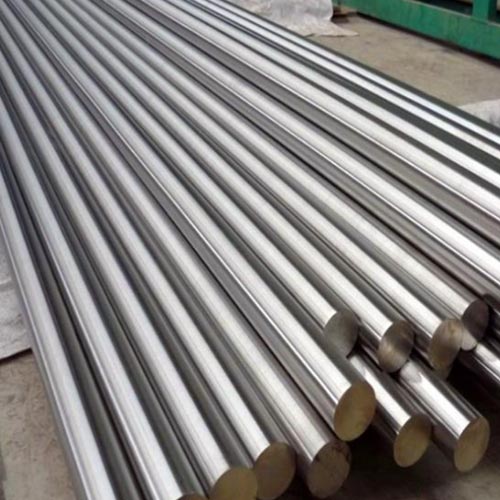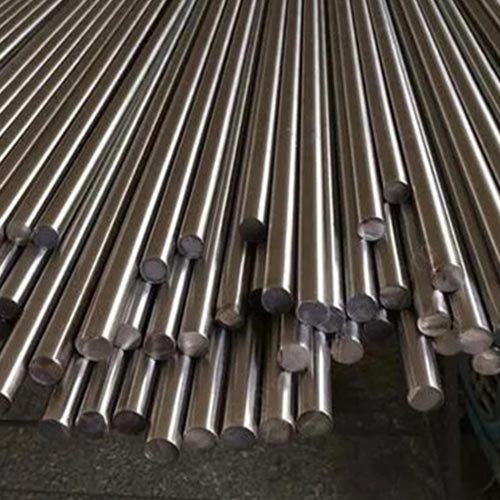Introduction

Stainless steel round tubing is an essential component in many industrial and commercial applications due to its exceptional properties and versatile nature. This blog delves into the numerous advantages of using stainless steel round tubing, its wide-ranging applications, and why it remains a preferred material in engineering and construction projects globally.
Properties of Stainless Steel Round Tubing
Stainless steel round tubing boasts a unique set of properties that contribute to its widespread use:
Corrosion Resistance: One of the most notable characteristics of stainless steel is its resistance to corrosion and rust. This property is primarily due to the chromium content in the alloy, which forms a passive oxide layer on the surface, protecting it from environmental factors.
Strength and Durability: Stainless steel tubing offers excellent mechanical properties, including high tensile strength and toughness. It withstands impact and external forces, making it suitable for structural applications in various industries.
Aesthetic Appeal: Beyond its functional attributes, stainless steel round tubing is prized for its aesthetic qualities. It provides a sleek, modern appearance that enhances the visual appeal of architectural and design elements.
Temperature Resistance: Stainless steel maintains its mechanical properties over a wide range of temperatures, from cryogenic temperatures to high heat environments, making it suitable for diverse operating conditions.
Applications of Stainless Steel Round Tubing
The versatility of stainless steel round tubing allows it to be used in a wide array of applications across different industries:
- Construction: In the construction industry, stainless steel tubing is used for structural support in buildings, bridges, and infrastructure due to its strength, corrosion resistance, and aesthetic appeal.
- Automotive: Stainless steel tubing finds application in automotive exhaust systems, where its corrosion resistance and heat tolerance are crucial for durability and performance.
- Food and Beverage: Stainless steel’s hygienic properties make it ideal for food processing equipment, ensuring compliance with stringent health and safety regulations.
- Medical: In the medical field, stainless steel tubing is used in surgical instruments and medical devices for its biocompatibility, durability, and ease of sterilization.
Advantages in Manufacturing and Fabrication
Stainless steel round tubing offers several advantages in manufacturing processes:
Formability: Stainless steel can be easily formed and fabricated into complex shapes and designs, making it suitable for customized applications.
Weldability: It exhibits good weldability, allowing for seamless joints that maintain the integrity and strength of the structure.
Machinability: Stainless steel is machinable with conventional machining techniques, ensuring precision in manufacturing processes.
Cost-effectiveness: While stainless steel may have a higher initial cost compared to other materials, its long-term durability and low maintenance requirements result in significant cost savings over its lifecycle.
Environmental and Sustainability Considerations
Stainless steel is a sustainable material choice due to its recyclability and long lifespan. It contributes to green building certifications and sustainable manufacturing practices by reducing waste and energy consumption. Its durability and resistance to corrosion also minimize the need for replacements, further reducing environmental impact.
Main properties of different grades of stainless steel

| Stainless Steel Grade | Corrosion Resistance | Strength | Heat Resistance | Typical Applications |
|---|---|---|---|---|
| 304 | High | Medium | Good | Food processing, architectural, automotive |
| 316 | Very high | High | Excellent | Marine environments, medical equipment |
| 409 | Moderate | Medium | Good | Automotive exhaust systems |
| 321 | High | High | Excellent | Aerospace, high-temperature applications |
Conclusion
In conclusion, stainless steel round tubing stands out as a versatile and durable material with a wide range of applications across various industries. Its corrosion resistance, strength, and aesthetic appeal make it indispensable in modern engineering and construction projects worldwide. As technologies evolve, stainless steel continues to play a crucial role in advancing innovation and sustainability in manufacturing and design.
FAQ
Q: What grades of stainless steel are commonly used in round tubing?
A: Grades such as 304 and 316 are widely used for their corrosion resistance and mechanical properties, suitable for diverse industrial applications.
Q: Can stainless steel tubing be used in outdoor applications?
A: Yes, stainless steel tubing is highly resistant to corrosion, making it ideal for outdoor and marine environments where exposure to harsh elements is common.
Q: How do you clean and maintain stainless steel tubing?
A: Regular cleaning with mild soap and water is usually sufficient to maintain stainless steel tubing. Avoid abrasive cleaners to preserve the surface finish and integrity of the material.
